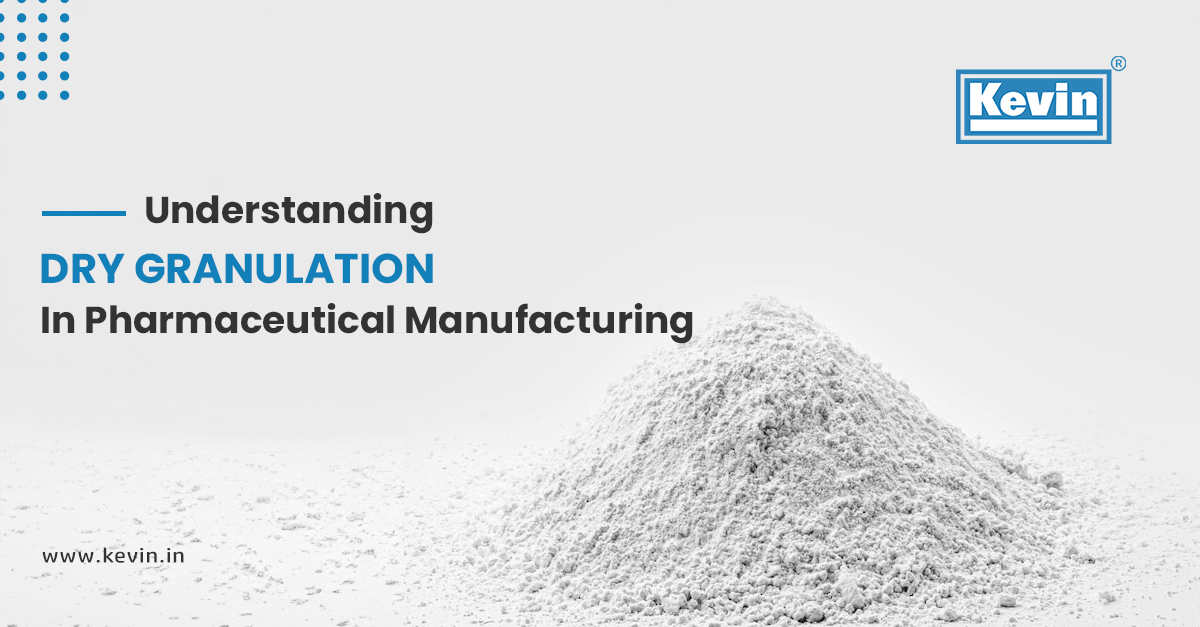Dry granulation is a vital process in pharmaceutical manufacturing, playing a crucial role in transforming powders into granules for tablet and capsule production. This method offers distinct advantages in terms of cost-effectiveness, reduced material waste, and enhanced product quality. In this article, we’ll delve into the intricacies of dry granulation, its benefits, and its various techniques.
What is Dry Granulation?
Dry granulation, also known as pre-compression or non-solvent granulation, is a pharmaceutical manufacturing process used to create granules from powders without the use of a liquid binder or solvent. It’s especially beneficial when dealing with moisture-sensitive or heat-sensitive materials.
Dry granulation, also known as pre-compression or non-solvent granulation, is a pharmaceutical manufacturing process used to create granules from powders without the use of a liquid binder or solvent. It’s especially beneficial when dealing with moisture-sensitive or heat-sensitive materials.
The Dry Granulation Process
- Material Preparation: The process begins with the blending of the active pharmaceutical ingredient (API) and excipients to form a homogeneous powder mixture.
- Compaction: The powder mixture is then fed into a compaction unit. Here, it’s compressed between two counter-rotating rollers. The compression forms compacted ribbons of the material.
- Milling: The compacted ribbons are passed through a milling system. This step breaks the ribbons into granules of the desired size.
- Final Blend: The granules are then blended with other excipients if needed to create the final tablet formulation.



Leave a Reply